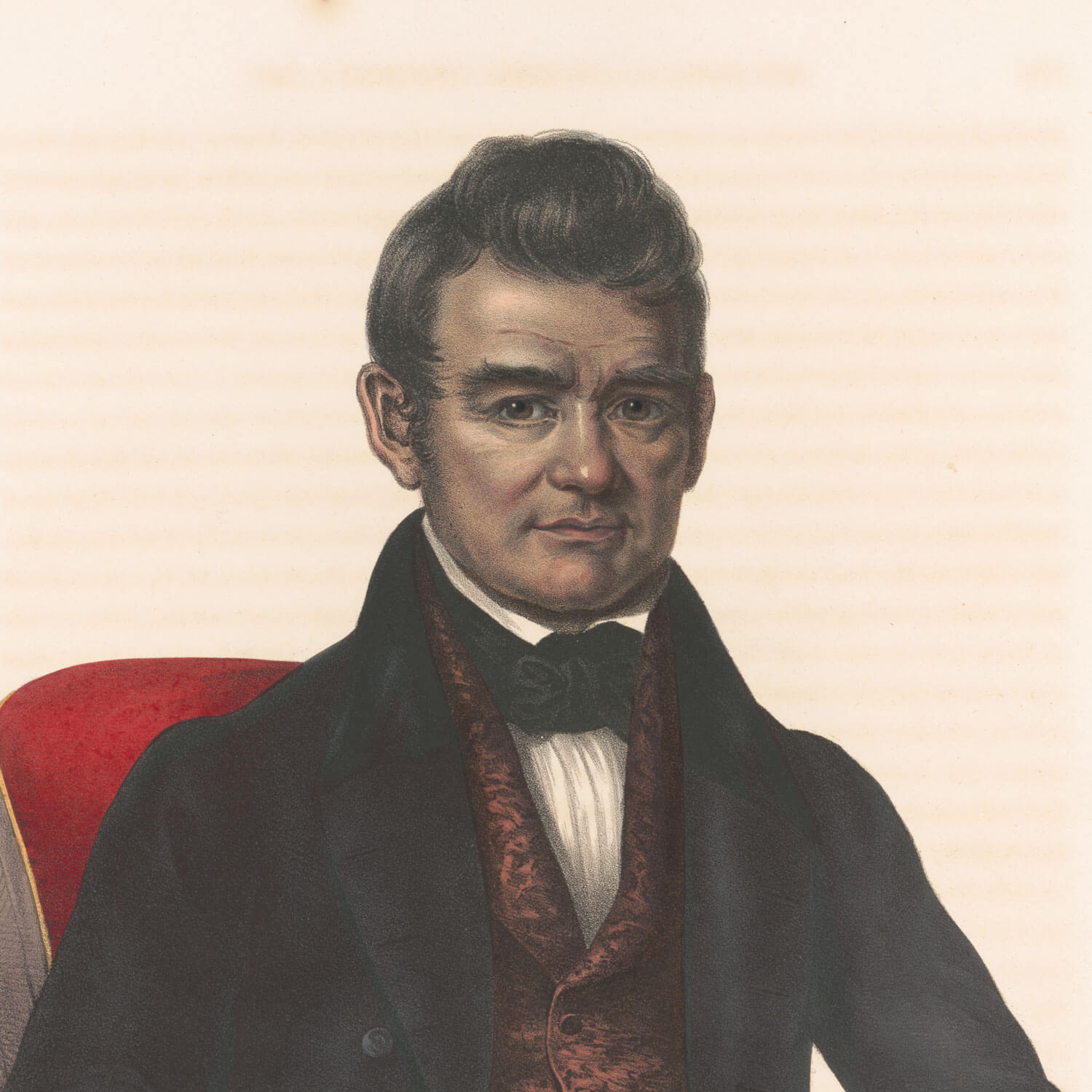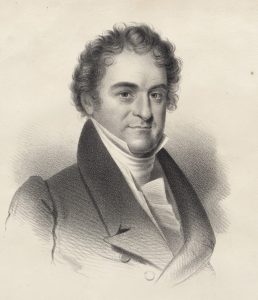
The Unseen Pillars of Justice: How the Cherokee Nation Supreme Court Shapes a Sovereign Future
In the heart of Oklahoma, amidst the rolling hills and the echoes of a resilient past, stands a bastion of justice often overlooked by the broader American public: the Cherokee Nation Supreme Court. While the U.S. Supreme Court garners daily headlines, its tribal counterpart operates with a quiet determination, upholding the rule of law for one of the largest and most influential Indigenous nations in North America. Yet, in recent years, the Cherokee Nation Supreme Court has found itself at the epicenter of seismic legal shifts, proving its vital role not just for its citizens, but for the very fabric of justice in the United States.
The court’s significance has been profoundly amplified by the U.S. Supreme Court’s landmark 2020 McGirt v. Oklahoma decision, which affirmed that a significant portion of eastern Oklahoma, including much of the Cherokee Nation’s reservation, remains Indian Country for purposes of the Major Crimes Act. This ruling fundamentally altered criminal jurisdiction across the state, thrusting tribal courts, including the Cherokee Nation’s highest judicial body, into an unprecedented era of responsibility and scrutiny.

A Legacy Forged in Sovereignty
To understand the Cherokee Nation Supreme Court, one must first grasp the enduring concept of tribal sovereignty. Indigenous nations, long before European contact, governed themselves. The forced removal of the Cherokee people from their ancestral lands in the Southeast to Indian Territory (present-day Oklahoma) during the Trail of Tears in the 1830s was a devastating act, yet it did not extinguish their inherent right to self-governance. Instead, they rebuilt. They drafted constitutions, established schools, and created sophisticated legal systems, including a robust judiciary.
The Cherokee Nation’s current judicial branch operates under its 1975 Constitution, which established the Supreme Court as the highest court of appeals within the Nation. It is composed of a Chief Justice and four Associate Justices, appointed by the Principal Chief and confirmed by the Tribal Council. Unlike state or federal courts, their jurisdiction stems from the Cherokee Nation’s inherent sovereignty and its constitutional powers, not from delegation by any external government.
"Our Supreme Court is not a mere appendage to the American justice system; it is a co-equal, sovereign entity," explains Chrissi Nimmo, Assistant Attorney General for the Cherokee Nation. "Its decisions are final on matters of Cherokee law, and they reflect the unique cultural values, traditions, and aspirations of our people. This isn’t just about applying laws; it’s about interpreting justice through a Cherokee lens."
Before McGirt, the Cherokee Nation Supreme Court primarily handled civil cases, appeals from lower tribal courts, and matters of internal governance. These included disputes over tribal elections, interpretations of the Cherokee Nation Constitution and laws, family law matters, probate, and commercial disputes involving tribal enterprises or citizens. While crucial for the daily lives of Cherokee citizens, these cases rarely captured national attention.
The McGirt Earthquake: A Defining Moment
The McGirt decision changed everything. The U.S. Supreme Court ruled 5-4 that the Muscogee (Creek) Nation’s reservation was never disestablished by Congress, meaning crimes committed by or against Native Americans within those boundaries fell under federal or tribal jurisdiction, not state jurisdiction. The principles of McGirt were quickly extended to the Cherokee, Chickasaw, Choctaw, and Seminole Nations by the Oklahoma Court of Criminal Appeals, effectively affirming that much of eastern Oklahoma remained Indian Country.
This ruling had immediate and profound implications for criminal justice. Suddenly, thousands of cases that had been prosecuted in Oklahoma state courts needed to be re-evaluated, and future cases involving Native Americans in Indian Country had to be handled by tribal or federal authorities. The Cherokee Nation, along with the other Five Tribes, had to rapidly scale up its judicial and law enforcement infrastructure.

For the Cherokee Nation Supreme Court, the post-McGirt era meant a massive influx of new responsibilities and a spotlight on its capacity. While the initial wave of McGirt-related cases primarily involved criminal matters being handled by the Nation’s District Court and federal courts, the Supreme Court’s role became critical in establishing precedents, interpreting new jurisdictional boundaries, and ensuring the smooth functioning of the entire tribal justice system.
"The McGirt decision was a vindication of what we, and our ancestors, have always known: our reservations exist, and our sovereignty is inherent," said Principal Chief Chuck Hoskin Jr. in the wake of the ruling. "But it also brought immense new responsibilities. Our legal system, from our marshals to our Supreme Court, has risen to that challenge, demonstrating our capacity to administer justice for all."
The Cherokee Nation Supreme Court quickly issued guidance and established procedures to handle the jurisdictional shifts. For instance, while it doesn’t typically hear original criminal cases, it hears appeals from the Cherokee Nation District Court. Its decisions clarify the application of Cherokee criminal codes, ensure due process, and uphold the rights of defendants and victims within its jurisdiction. This has involved interpreting the Cherokee Nation’s criminal statutes in light of modern legal principles, ensuring they align with contemporary standards of justice while remaining true to Cherokee law.
Beyond Criminal Justice: The Breadth of Jurisdiction
While McGirt brought criminal jurisdiction to the forefront, the Cherokee Nation Supreme Court’s work extends much further, encompassing a wide array of civil and administrative matters vital to the Nation’s governance and its citizens’ well-being.
One critical area is family law, particularly cases involving the Indian Child Welfare Act (ICWA). ICWA, a federal law enacted in 1978, seeks to keep Native American children in Native American families and communities. The Cherokee Nation Supreme Court is the final arbiter of appeals in these sensitive cases, ensuring that ICWA’s provisions are correctly applied, protecting tribal families, and preserving cultural connections. These cases often involve complex jurisdictional questions between state and tribal courts, with the Cherokee Nation Supreme Court often asserting its inherent authority to protect its children.
Commercial and business disputes also frequently appear before the court. The Cherokee Nation is a significant economic force in Oklahoma, operating casinos, health services, and various enterprises. Disputes arising from contracts, property rights, and business transactions involving the Nation, its entities, or its citizens are often adjudicated within the tribal court system, with the Supreme Court providing final resolution. This demonstrates the Nation’s capacity to regulate its own economy and provide a stable legal environment for commerce.
Furthermore, the court plays a crucial role in internal governance. Appeals concerning tribal elections, challenges to legislative actions by the Tribal Council, or interpretations of the Cherokee Nation Constitution are all within its purview. For example, the court has ruled on cases related to voter eligibility, the powers of various government branches, and the rights of citizens, ensuring the integrity of the Nation’s democratic processes. These decisions are foundational to the stability and legitimacy of the Cherokee Nation government.
Challenges and the Path Forward
The rapid expansion of the Cherokee Nation Supreme Court’s caseload and visibility has not come without challenges. One of the primary hurdles has been resource allocation. Expanding the judiciary, hiring more judges, clerks, and support staff, and upgrading court facilities requires significant investment. While the Nation has committed substantial resources, the sheer volume of new cases post-McGirt has strained existing capacities.
Another challenge lies in inter-jurisdictional cooperation. While tribal, state, and federal agencies have made significant strides in developing collaborative agreements and memorandums of understanding, navigating the complexities of overlapping jurisdictions requires constant communication, trust, and a willingness to adapt. The Cherokee Nation Supreme Court’s clear and consistent rulings are essential in providing a stable legal framework for these collaborations.
"The Cherokee Nation’s judicial system is a model for how tribal sovereignty can translate into effective governance," states Sara Hill, the Cherokee Nation’s Attorney General. "We’ve built a system that is responsive, fair, and rooted in our values. The Supreme Court is the bedrock of that system, ensuring justice is not just a concept, but a lived reality for our citizens and all who interact with our jurisdiction."
Education also remains a critical component. Many outside the Cherokee Nation, including legal professionals in state and federal systems, have limited understanding of tribal legal systems. The Cherokee Nation Supreme Court, through its rulings and its very existence, serves as a powerful educator, demonstrating the sophistication and efficacy of tribal justice.
A Beacon of Self-Determination
The Cherokee Nation Supreme Court is more than just a legal body; it is a living testament to Indigenous resilience, self-determination, and the enduring power of sovereignty. Its recent prominence, largely driven by the McGirt decision, has illuminated its critical function in upholding justice, protecting citizens’ rights, and interpreting the very laws that govern a sovereign nation.
As the Cherokee Nation continues to assert its jurisdiction and expand its governmental services, the Supreme Court will remain an indispensable pillar. Its decisions will continue to shape the lives of hundreds of thousands of people, define the boundaries of tribal authority, and ultimately, contribute to a more just and equitable future where Indigenous nations are recognized and respected as co-equal partners in the American legal landscape. The quiet halls of justice in Tahlequah, Oklahoma, echo with a profound significance, holding the weight of history and the promise of a sovereign tomorrow.


